Students, commonly girls, worry about whether their clothing will violate the dress code.
Crop tops have been an increasingly fashionable trend especially in teenagers’ wardrobes. Plenty of clothing brands sell shirts that are cropped exposing the midriff. This is a major violation of the dress code, written in bold and being one of the few highlighted statements in the handbook. Students are less likely to follow these rules if they are not given justification or reasoning for it.
Rather than prohibiting clothing items, more action should be made to teach students how to prepare for their future and prevent potential sexual harassment.
In the Harrisburg school district, schools develop their own dress code as a team between administration. The dress codes enforced in our district are less for student safety and more about preparing students for the work environment.
“It’s our job to prepare you guys for life after high school,” superintendent Amy Dixon said.
Although dress codes do teach students to dress under a dress code similar to a job, the dress code at Harrisburg High School allows items that would not suit some jobs, such as t-shirts and open-toed shoes. To add, students are often not taught how to dress for an interview or casual meetings. Having a dress code that promotes work professionalism can be beneficial, though when students are unaware of what clothing items are appropriate for work, this argument is weakened.
Many other schools implement a strict dress code to reduce violence. According to the U.S. Department of Education, a school that implemented uniforms noticed a 74 percent decrease in sexual violence between students. Though, clothing is not a factor in most cases of assault. The justification for safety insinuates that clothing is a causation of assault.
But according to NWA Center for sexual assault, clothing does not increase the likelihood of assault or harassment. In fact, perpetrators choose based on personality and demeanor, according to Attracting Assault. Thus, a student should not be shamed for their choice of clothing, it is completely the perpetrator’s fault.
Another common justification for having a school dress code is to reduce distractions, though students find this questionable. This reasoning promotes the idea that students’ bodies are distracting and sexual. Students all over the nation find that dress code rules are a result of sexualization of girls’ bodies. Many girls do not understand why their stomachs and shoulders are deemed as inappropriate. Female students also wonder why plus-size girls are targeted more for dress code violations. A plus-size student is more likely to receive a violation than a skinnier student wearing the same clothing item.
Prohibition of clothing items will not end sexual harassment or induce student safety; sexual assault awareness and intervention can. More education for students about consent can prevent potential sexual abuse as well as proper reporting and intervention of witnessed abuse. Education about proper work attire should be given to students to prepare them for future work environments. Administrators and staff receive annual training to prevent harassment and abuse, though students are not taught themselves how to prevent and report harassment or abuse. Clothing does not make school safe; education and awareness does.




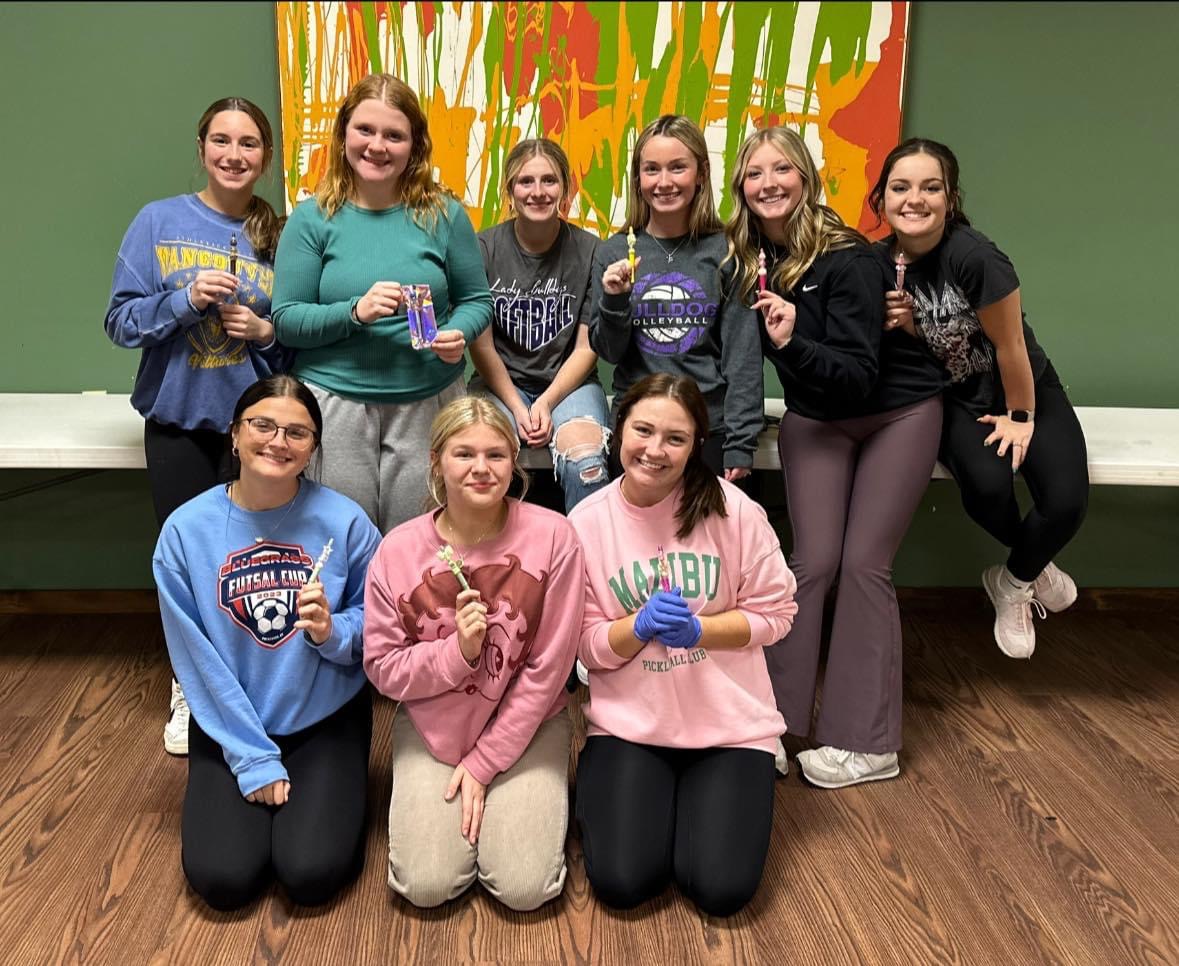



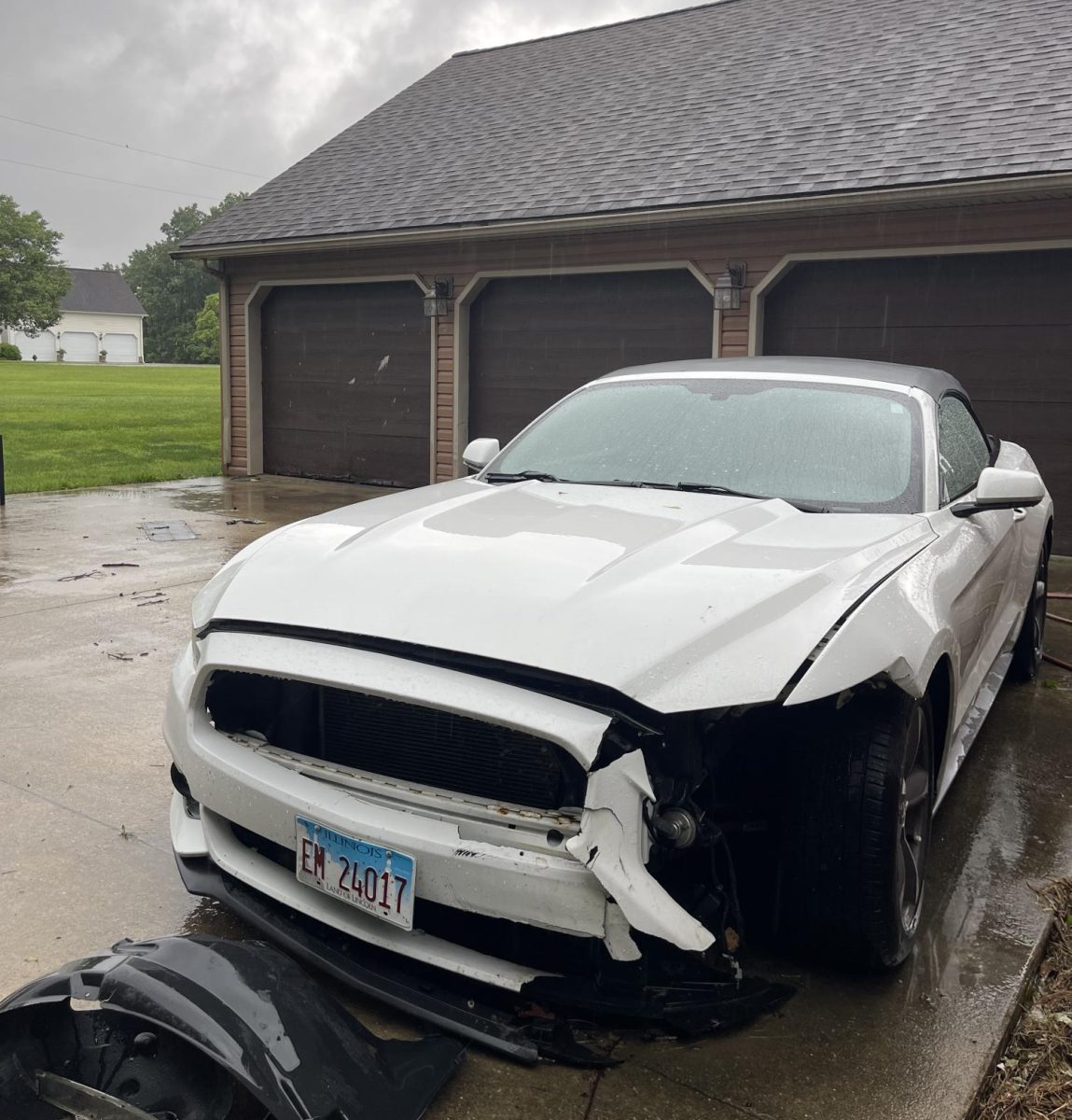
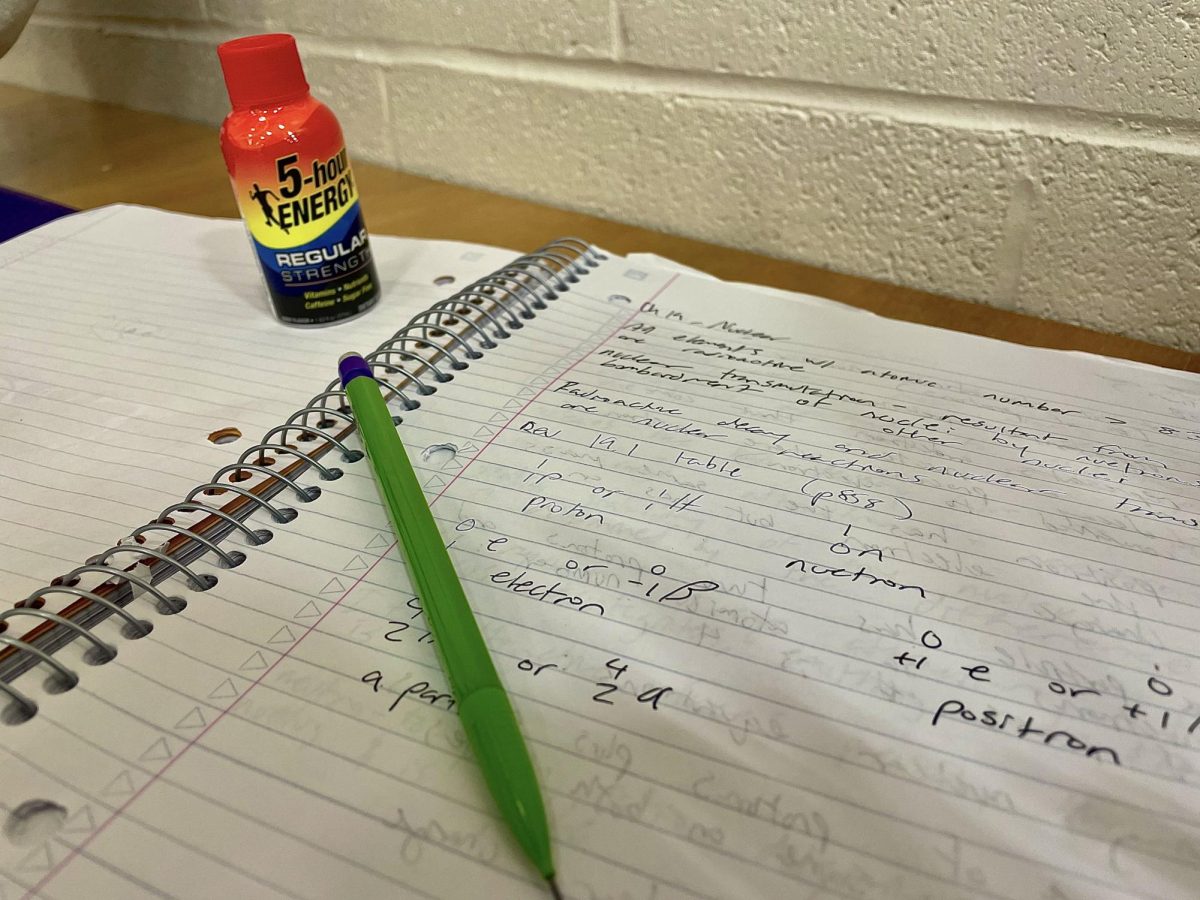
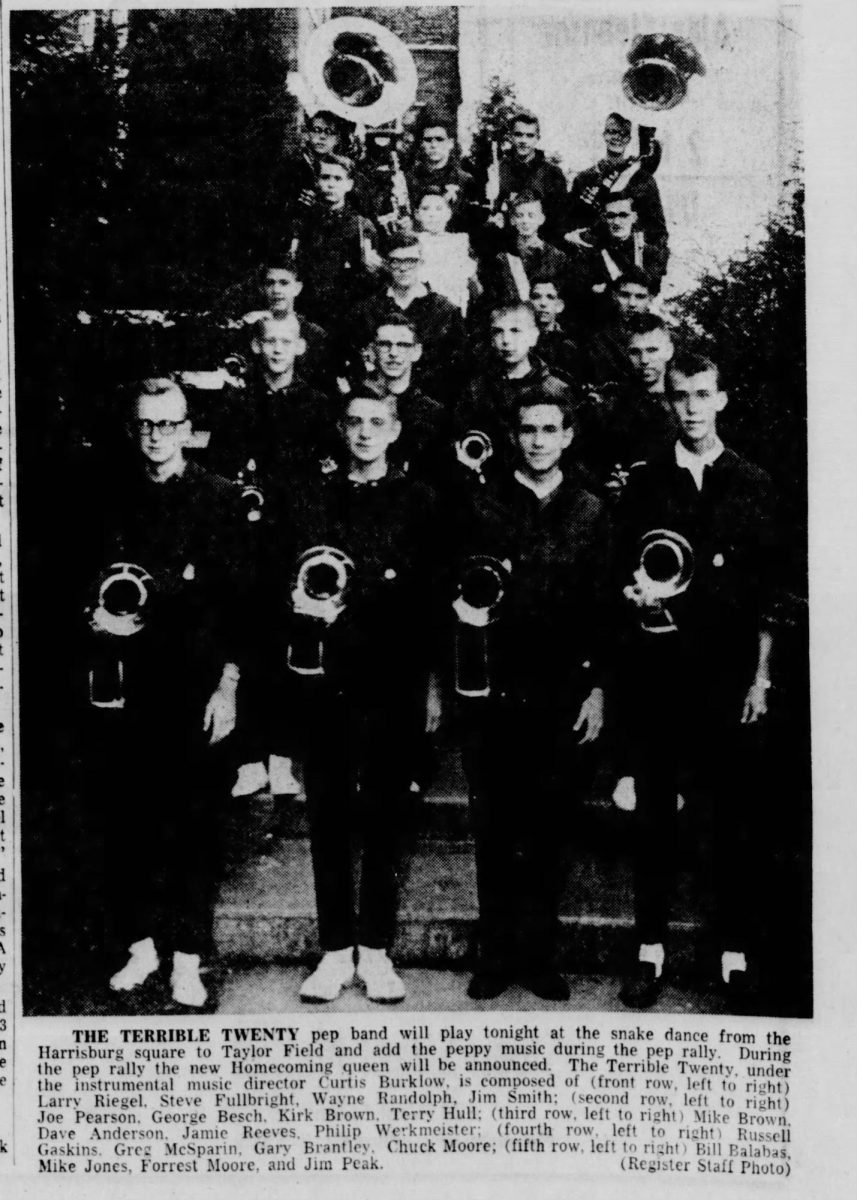













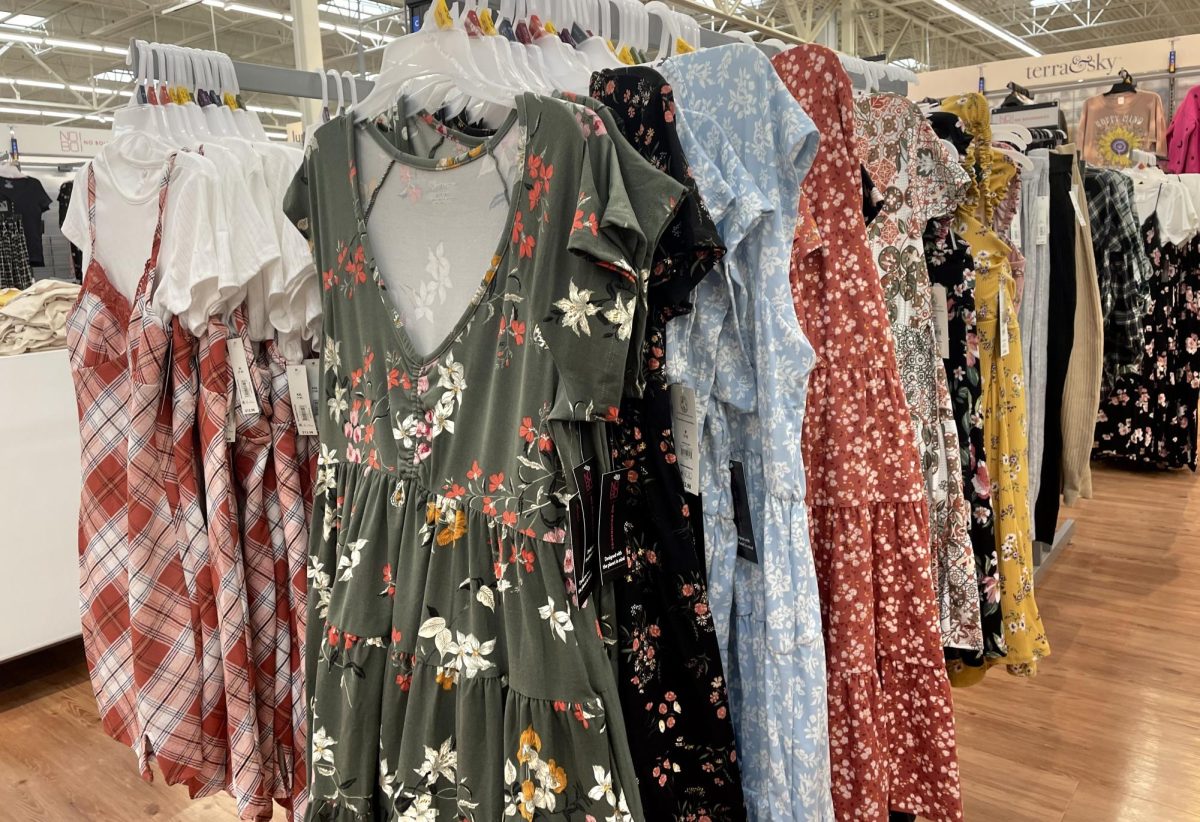


Kia Johnson • Oct 23, 2023 at 3:58 am
Yeah